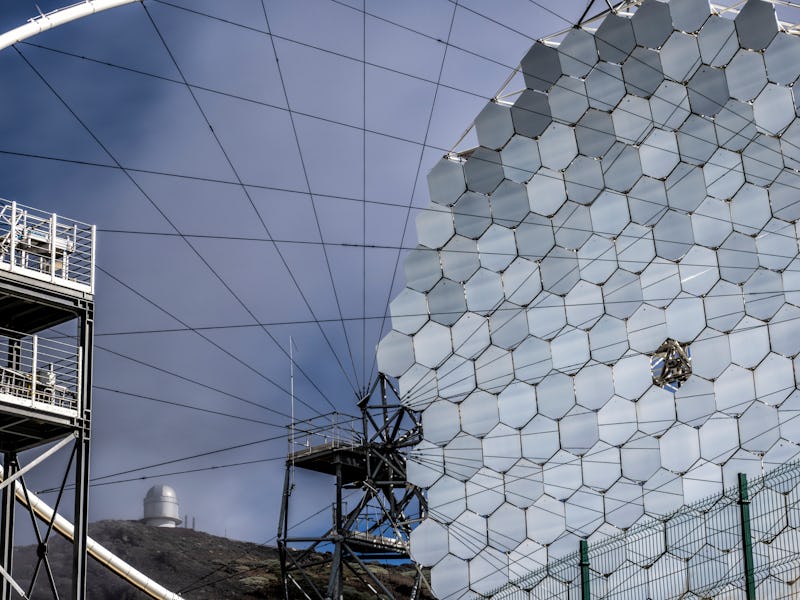Astronomers’ Best Image of a Black Hole Just Got an Epic Remaster
M87 is clearer than ever.

Astronomers have used machine learning to sharpen up the Event Horizon Telescope’s first picture of a black hole — an exercise that demonstrates the value of artificial intelligence for fine-tuning cosmic observations.
The image should guide scientists as they test their hypotheses about the behavior of black holes and about the gravitational rules of the road under extreme conditions.
In a study published this week in Astrophysical Journal Letters, an international team of astronomers described how they filled in the gaps by analyzing more than 30,000 simulated black hole images.
“With our new machine learning technique, PRIMO, we were able to achieve the maximum resolution of the current array,” study lead author Lia Medeiros of the Institute for Advanced Study said in a news release.
PRIMO slimmed down and sharpened up the EHT’s view of the ring of hot material that swirled around the black hole as it fell into the gravitational singularity. That makes for more than just a prettier picture, Medeiros explained.
“Since we cannot study black holes up close, the detail of an image plays a critical role in our ability to understand its behavior,” she said. “The width of the ring in the image is now smaller by about a factor of two, which will be a powerful constraint for our theoretical models and tests of gravity.”
The technique developed by Medeiros and her colleagues — known as principal-component interferometric modeling, or PRIMO for short — analyzes large data sets of training imagery to figure out the likeliest ways to fill in missing data. It’s similar to the way AI researchers used an analysis of Ludwig von Beethoven’s musical works to produce a score for the composer’s unfinished 10th Symphony.
Tens of thousands of simulated EHT images were fed into the PRIMO model, covering a wide range of structural patterns for the gas swirling into M87’s black hole. The simulations that provided the best fit for the available data were blended together to produce a high-fidelity reconstruction of missing data. The resulting image was then reprocessed to match the EHT’s actual maximum resolution.
Comparison between the images at three resolutions.
The researchers say the new image should lead to more precise determinations of the mass of M87’s black hole and the extent of its event horizon and accretion ring. Those determinations, in turn, could lead to more robust tests of alternative theories relating to black holes and gravity.
The sharper image of the M87 is just the start. PRIMO can also be used to sharpen up the Event Horizon Telescope’s fuzzy view of Sagittarius A*, the supermassive black hole at the center of our own Milky Way galaxy. And that’s not all: The machine learning techniques employed by PRIMO could be applied to much more than black holes. “This could have important implications for interferometry, which plays a role in fields from exoplanets to medicine,” Medeiros said.
This article was originally published on Universe Today by Matthew Cimeone. Read the original article here.
This article was originally published on